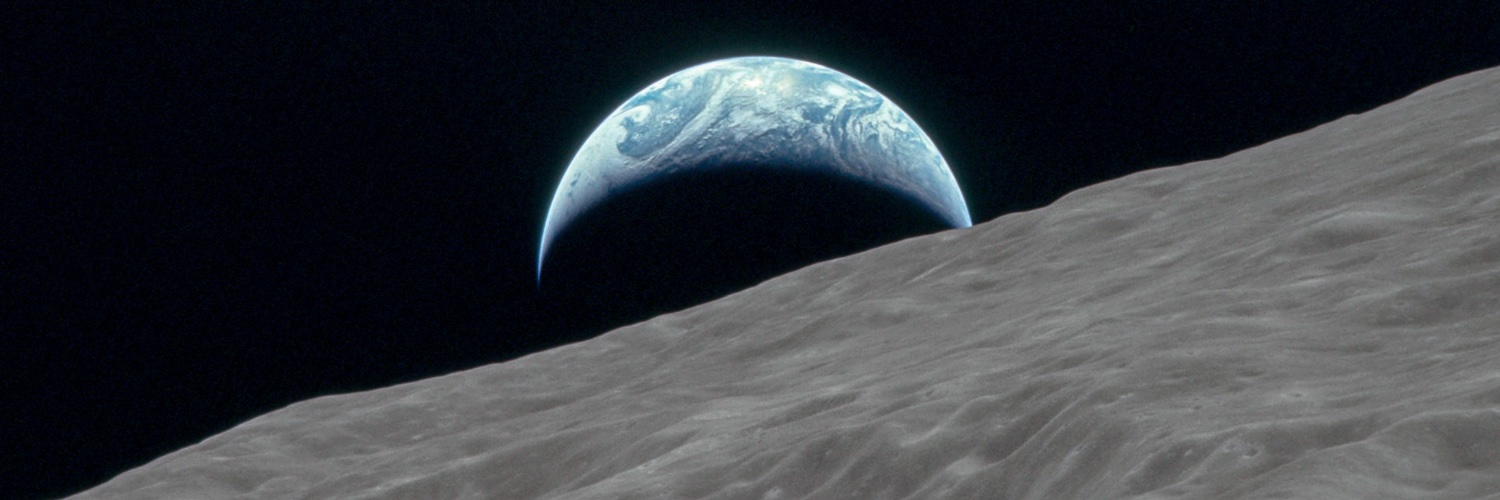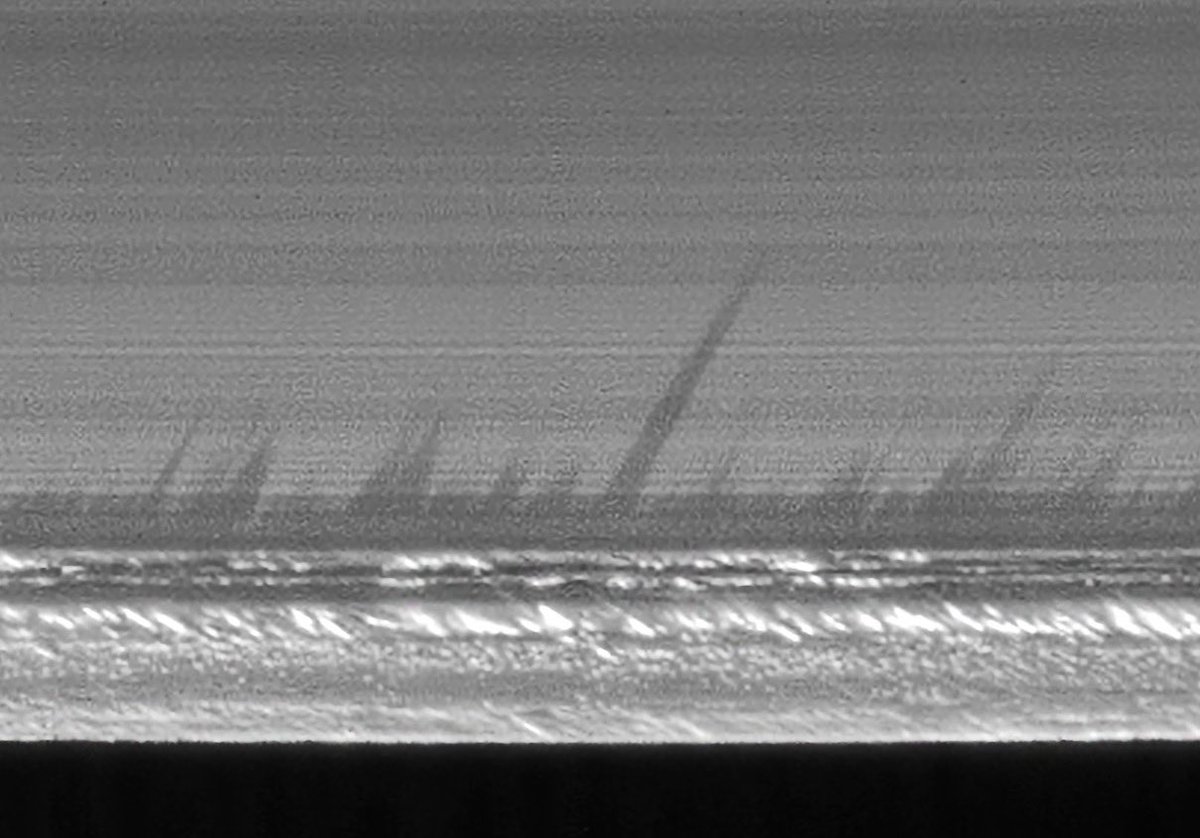
Jason Major
@JPMajor
Space exploration aficionado and NASA image processor. @ http://jpmajor.bsky.social
Here's a little (i.e. giant) cosmic fireworks display I helped process for the Chandra X-ray Observatory team! 🎇 Check out this and 8 other images released today at chandra.harvard.edu/photo/2025/cos…
What you're seeing is a 98-light-year-wide chunk of star factory. This new image of N79, a giant region of star formation located about 160,000 light-years from Earth, combines observations from NASA's Chandra X-ray Observatory and @NASAWebb .✨
Turns out Betelgeuse does indeed have a closely orbiting companion star! (I was really hoping they'd name it Lydia.)
Our first image of Betelgeuse's companion star revealed ⭐ This is NASA's discovery of a close-orbiting star to Betelgeuse, the 10th brightest star in our night sky. A @nasaames scientist confirmed the century-old hypothesis by using one of the largest ground-based telescopes…
Skylab-3 photographed above the Amazon River on July 28, 1973 (NASA)
Sunset on Mars imaged by NASA's Pathfinder mission on July 28, 1997 (mission sol 24)
8-km-wide Daphnis creates high waves along the edges of the Keeler Gap that cast shadows into Saturn's A ring, imaged by #Cassini on July 28, 2009 #OTD
A meteor amidst aurora captured on low-light video from Space Shuttle Atlantis during STS-45 in March 1992. (Video shown at original speed and then slowed by a factor of 2.5—also rotated 180º) The objects at top left are the lenses of the AEPI experiment. ntrs.nasa.gov/api/citations/…
A view from Space Shuttle Columbia on April 12, 1981 during STS-1 showing the separation of the white-painted External Fuel Tank amidst a shower of ice flakes
This is a video taken from the STS-41B post flight presentation showing Bruce McCandless leaving the orbiter's payload bay and going out on orbit with the MMU on February 7, 1984
After years of development through the Mercury, Gemini, and Apollo programs NASA sent astronauts to the surface of the Moon in July 1969. Their radio transmissions from the Moon were recorded by an amateur operator, independent of NASA. vaticanobservatory.org/sacred-space-a…
A photo of Earth captured from 285 km altitude by NASA astronaut Wally Schirra during the Mercury-Atlas 8 mission on October 3, 1962. 70mm Hasselblad film photo # S62-06610 digitally scanned at ASU (with some additional level adjustments and dust cleanup.)
35mm film photo taken from ~260 km altitude showing Earth's limb beyond the northwestern coast of Africa, taken by John Glenn during his Mercury-Atlas 6 orbital mission on February 20, 1962. (NASA image # MA6-0-43)
Spikes of icy ring material, created by gravitational oscillations, rise up to a mile high along the outer edge of Saturn's B ring and cast long shadows in the perpendicular light of spring equinox. Image captured by NASA's Cassini spacecraft on July 26, 2009

Launch of Space Shuttle Discovery on STS-114 on July 26, 2005
Fun space video of the day A space shuttle launch seen & tracked by WB-57 aircraft. Sound captured by launchpad microphones.
54 years ago today
High-speed camera footage of the ignition and liftoff of the Apollo 15 Saturn V on July 26, 1971
Oh hey there, friends! 👋 On its way to Jupiter, NASA’s Europa Clipper caught a glimpse of Mars and its two moons. The dark circle at the top of the planet is a polar ice cap, and the fainter circle below is the region around Elysium Mons. Details: go.nasa.gov/3Uhjylf
Are there places on Jupiter's moon Europa where water is near the surface? Our Europa Clipper spacecraft will use its E-THEMIS instrument to find out. In March, the instrument went through a test run at Mars: go.nasa.gov/3Uhjylf
A view of Saturn made from image data captured #OTD by NASA's Voyager 2 spacecraft on July 24, 1981 (Yes, 1981)
Saturn's atmosphere bends light reflected from its rings. Color-composite assembled from images acquired with Cassini on July 24, 2016 #OTD
Today marks the 26th anniversary of the launch of @NASA's Chandra X-ray Observatory! Deployed from the payload bay of space shuttle Columbia on July 23, 1999 during STS-93, @chandraxray observes the universe in high-energy x-rays from its 65,000 mile-high (105,000 km) orbit.
The LIGO-Virgo-KAGRA (LVK) Collaboration has detected the merger of the most massive black holes ever observed with gravitational waves using the US National Science Foundation (NSF)-funded LIGO observatories. caltech.edu/about/news/lig…